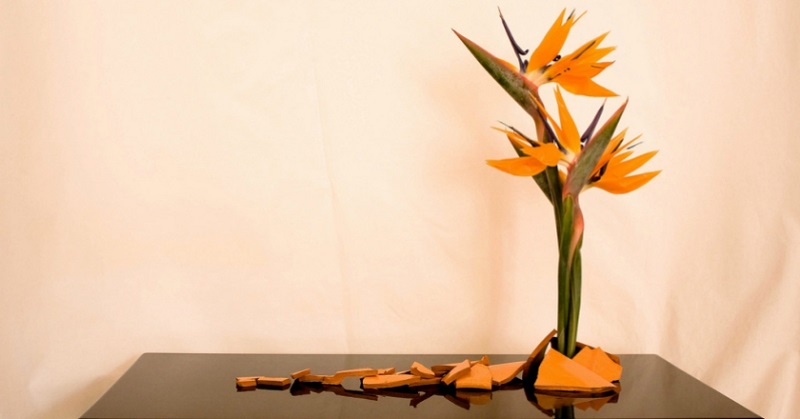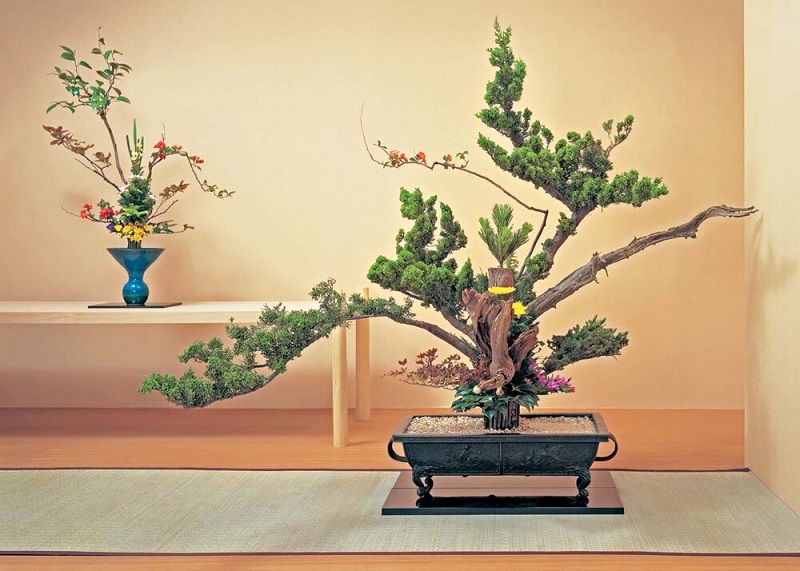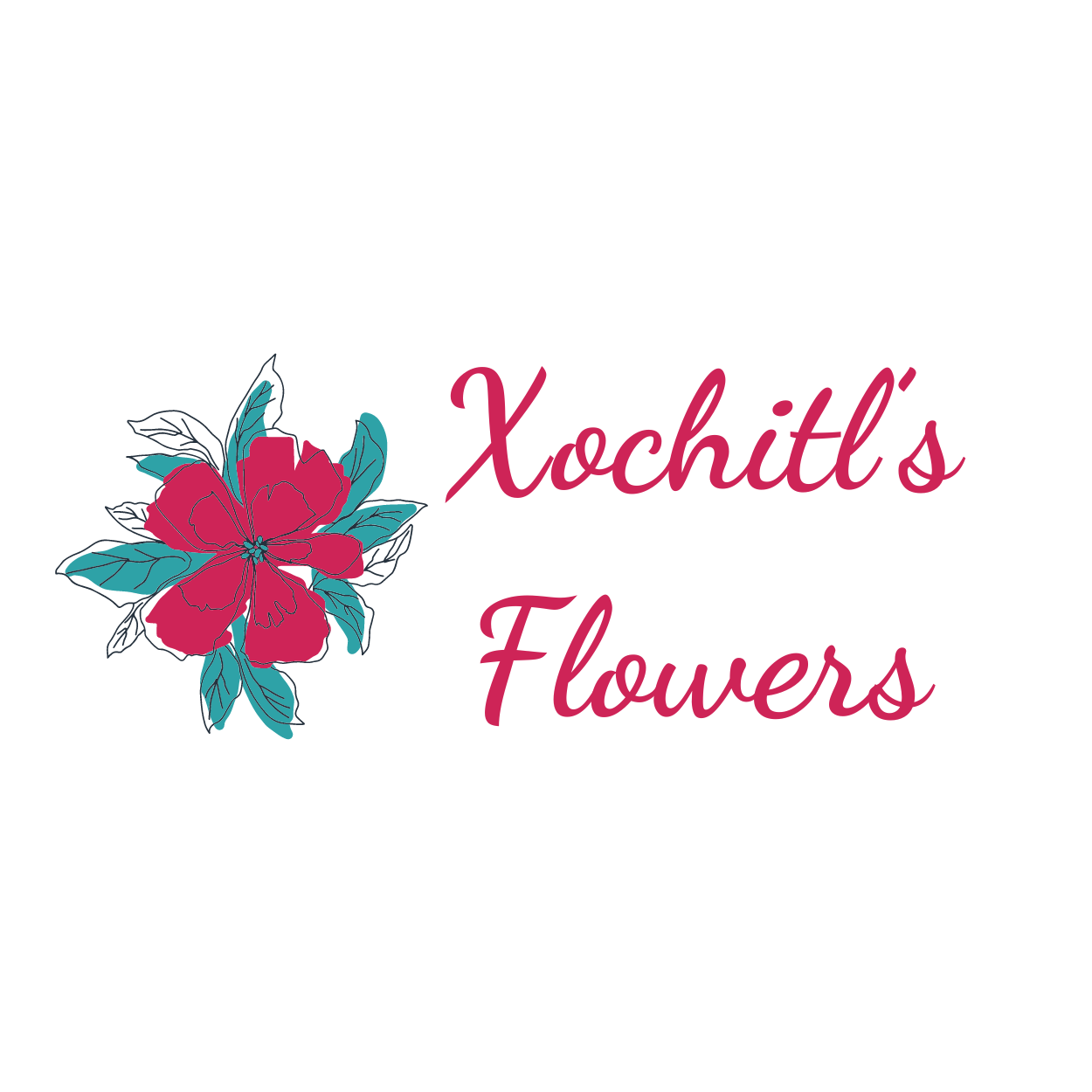Japanese flower arrangement, or Ikebana, is an elegant and contemplative art form that transcends mere floral decoration. Rooted in centuries of tradition, Ikebana is more than just arranging flowers—it’s a practice that reflects deep philosophical principles, cultural significance, and artistic expression. This comprehensive guide delves into the history, principles, techniques, and modern applications of Ikebana, offering insight into this timeless art form.
History and Philosophy of Ikebana
Origins of Ikebana
Ikebana traces its origins to ancient Japan, where it began as a form of religious offering. Initially, flower arrangements were used in Buddhist temples as offerings to deities. Over time, Ikebana evolved from these spiritual roots into a refined art form, influenced by various cultural practices including Shintoism and the Japanese tea ceremony. Each of these influences contributed to the development of Ikebana’s distinctive style and principles.

Philosophical Principles
The philosophy behind Ikebana emphasizes simplicity, balance, and harmony. Central to this art form is the concept of minimalism, where the beauty of an arrangement is achieved not just through the flowers themselves but also through the use of negative space. Harmony is crucial in Ikebana, as each arrangement aims to balance the elements of flowers, stems, and space. Additionally, Ikebana reflects the changing seasons and the natural world, incorporating seasonal elements to connect with the cycle of nature.
Basic Principles of Ikebana
Elements of Ikebana
Ikebana arrangements are built around several key elements:
- Line (Rikka): The use of lines to create structure and direction in the arrangement. The lines guide the viewer’s eye and define the overall shape of the arrangement.
- Balance: Achieving equilibrium between the different components of the arrangement, ensuring that no part overpowers another.
- Asymmetry: Embracing asymmetry as a fundamental aesthetic principle, which brings dynamism and interest to the arrangement.
Key Components
- Kenzan (Flower Frog): A tool used to hold flowers and branches in place within the vase. Kenzan allows for precise placement and stability.
- Vase or Container: The choice of vase or container is integral to Ikebana. It should complement the arrangement and enhance its visual impact. The shape, size, and material of the container all play a role in the overall design.
- Material Selection: Flowers, branches, and foliage are chosen not only for their beauty but also for their ability to convey the intended message or emotion of the arrangement.
Traditional Styles of Ikebana
Ikenobo
Ikenobo is one of the oldest and most traditional schools of Ikebana. Established in the 15th century, Ikenobo is known for its formal and structured arrangements. Techniques from the Ikenobo school focus on creating a balanced and harmonious composition that reflects natural beauty and order.
Ohara
The Ohara school, founded in the late 19th century, introduced a more naturalistic approach to Ikebana. This style emphasizes the use of seasonal materials and a more relaxed, organic arrangement. Ohara arrangements often incorporate a wide variety of elements, including grasses and branches, to create a dynamic and flowing design.
Sogetsu
The Sogetsu school, founded in the mid-20th century, represents a modern and innovative approach to Ikebana. Sogetsu encourages creativity and personal expression, allowing practitioners to experiment with unconventional materials and abstract forms. This style embraces flexibility and freedom, making it accessible to a wide audience.

Techniques and Methods
Basic Techniques
- Shin, Soe, and Hikae: These are the foundational principles of Ikebana arrangement. “Shin” represents the central vertical line, “Soe” the secondary horizontal line, and “Hikae” the diagonal line. Together, these lines create a balanced and harmonious composition.
- Mise en Place: This refers to the preparation and organization of materials before arranging. Proper mise en place ensures that all elements are ready and available, facilitating a smooth and efficient arranging process.
Advanced Techniques
- Abstract Arrangements: In addition to traditional styles, Ikebana allows for abstract and avant-garde designs. These arrangements often challenge conventional forms and encourage experimentation with shapes and materials.
- Mixed Media: Incorporating non-traditional materials such as metal, glass, or fabric can add a unique dimension to Ikebana arrangements. This approach allows for creative exploration and innovation within the art form.
The Process of Creating an Ikebana Arrangement
Preparation
- Selecting Materials: Choose flowers, branches, and foliage based on the season, theme, and desired effect. Consider the texture, color, and shape of each element.
- Preparing Tools: Essential tools for Ikebana include scissors, kenzan, and vases. Ensure that these tools are in good condition and suitable for the materials you plan to use.
Arranging
- Designing the Structure: Begin by establishing the primary lines of the arrangement. Place the main elements to create a sense of direction and balance.
- Placement and Adjustments: Position the flowers and branches, making adjustments as needed to achieve harmony and visual interest. Step back periodically to assess the overall composition.
Final Touches
- Evaluation: Review the arrangement for balance, proportion, and aesthetic appeal. Make any final adjustments to enhance the overall impact.
- Presentation: Display the arrangement in a suitable location where it can be appreciated. Proper care and maintenance will ensure that the arrangement remains fresh and visually appealing.
Cultural Significance and Modern Applications
Cultural Importance
Ikebana holds a special place in Japanese culture, where it is used in various ceremonies, including tea ceremonies and seasonal festivals. It reflects the values of simplicity, mindfulness, and respect for nature. Ikebana also influences other art forms, including painting and design, through its emphasis on form and balance.
Modern Adaptations
Ikebana continues to evolve, incorporating contemporary trends and techniques. Modern practitioners often explore new materials and abstract forms, pushing the boundaries of traditional Ikebana. Globally, Ikebana has gained recognition and influence, inspiring floral design practices around the world.
Resources and Further Learning
Recommended Reading
- Books: Explore essential books and guides on Ikebana, such as “Ikebana: The Art of Japanese Flower Arrangement” by Shozo Sato.
- Online Resources: Discover websites and online courses that offer tutorials and insights into Ikebana techniques and principles.
Local Classes and Workshops
- Finding Classes: Look for Ikebana classes and workshops in your area to gain hands-on experience and learn from experienced practitioners.
- Joining Ikebana Societies: Consider joining local or international Ikebana organizations to connect with fellow enthusiasts and deepen your understanding of the art form.
Conclusion
Ikebana is more than just an art form; it is a practice that embodies the principles of simplicity, balance, and harmony. By exploring the history, techniques, and cultural significance of Ikebana, you can appreciate its profound beauty and unique expression. Whether you are a seasoned practitioner or a newcomer, Ikebana offers a pathway to explore creativity and connect with nature in a meaningful way. Embrace the art of Ikebana, and let its elegance and tranquility inspire your own floral arrangements.
